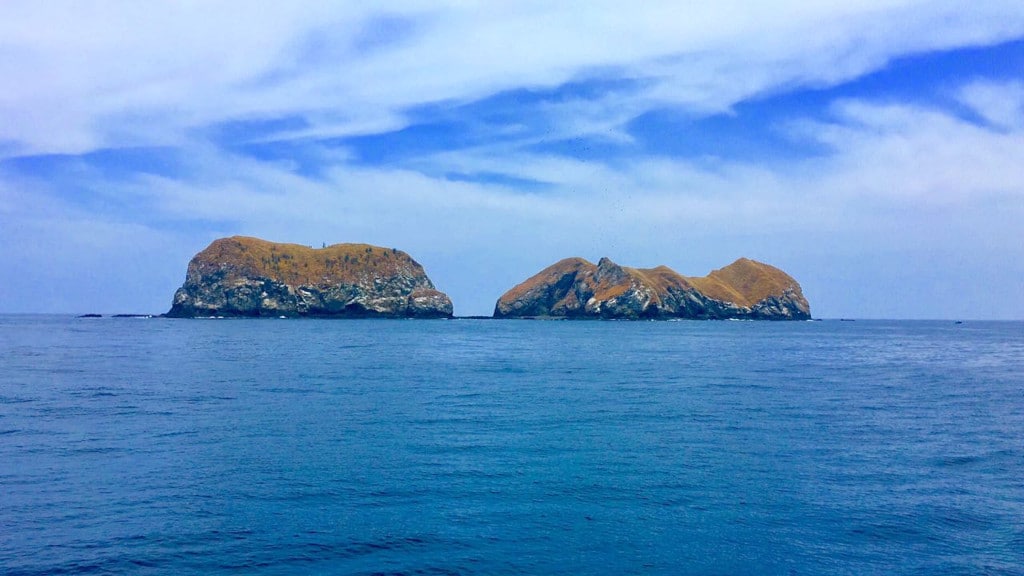Are you wondering when is the best time to dive Catalina Islands, Costa Rica? The beauty of the Catalina Islands is undeniable, but knowing the right time to book your diving adventure takes local knowledge.
At Bill Beard’s Costa Rica, we’ve been there. As seasoned travelers and expert divers, we’ve created this guide to help you plan your trip considering the visibility, water temperature, and marine life encounters.
Keep reading on to ensure you make the most of your Catalina Islands experience.
What is the Best Month to Visit the Catalina Islands, Costa Rica?
The best month to visit the Catalina Islands, Costa Rica depends on your personal preferences. If you only like diving in warm water, your answer to that question might be much different than someone who does cold water diving in springs, quarries, and lakes and loves it.
Thanks to Costa Rica’s tropical climate, diving is possible year-round, with the dry and rainy seasons offering distinctly different underwater experiences.
During the dry season (December to April), you can expect choppier surface conditions and colder water temperatures. However, for many divers, the best time to dive here is in January, February and March when the water is cooler, because these months offer them the best chance to encounter Pacific Giant Manta Rays.
During the rainy season (May to November), you can expect flat, calm seas and warmer water temperatures, but you won’t be as likely to see Mantas at that time of year.
Both the dry and the rainy seasons offer divers the chance to see humpback whales. There are two migrations—one from late January through early March and the other from mid-July to early September. Spinner dolphins and mating turtles are often seen from May to November when the surface of the water is calm and flat.
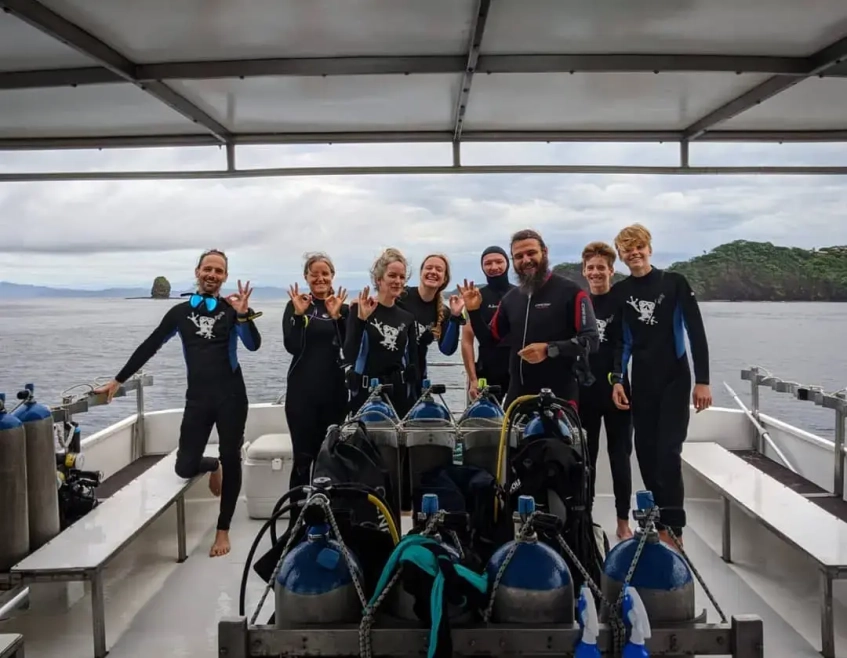
Why Should You Scuba Dive Catalina Islands?
The Catalina island chain off the Nicoya Peninsula’s northwest Pacific coast is approximately two miles from Playa Flamingo and around 15 miles from Playa del Coco and the Gulf of Papagayo. Because of their open ocean location and current-driven nutrients that attract such a variety of marine life, the Catalina Islands are some of Costa Rica’s premier dive sites.
The boat ride from Playa del Coco takes around 45 minutes. But the bonus of the open ocean ride is you might get to see playful spinner dolphins riding the wake, observe mating turtles on the surface, and spot humpback whales, orcas, or a whale shark.
However, timing is key to taking full advantage of this dive site. Check out the best time to visit if you’re looking for:
Manta rays encounters
The Catalina Islands are the perfect place to encounter Giant Pacific Manta Rays with wingspans of up to 8 meters (24 feet)! To increase your chances of spotting these impressive creatures, plan your visit between January and March, when the polar currents bring nutrients to the area, attracting them to the cleaning station.
But there are other rays to see! This location is also home to eagle rays, bat rays, devil stingrays, bullseye electric rays, and cow-nosed rays.
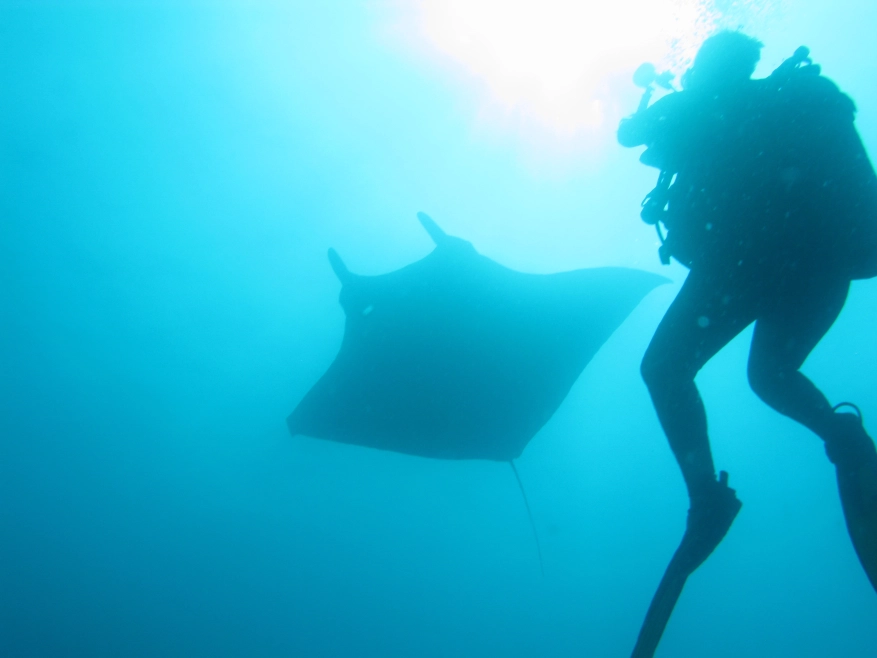
The best photographs
December to April are the best months to shoot amazing photographs! The skies are crystal clear and there is no rain.
In particular, January through March is an excellent time for photography, with ideal lighting and marine life sightings. Just remember to check the weather and conditions before you go.
From May to August, there are flat, calm seas and incredible sunsets that reflect off the hovering clouds. One bonus of an open-ocean boat ride during the rainy season is that you might get to see playful spinner dolphins riding the wake, observe mating turtles on the surface, or spot humpback whales, orcas, or whale sharks.
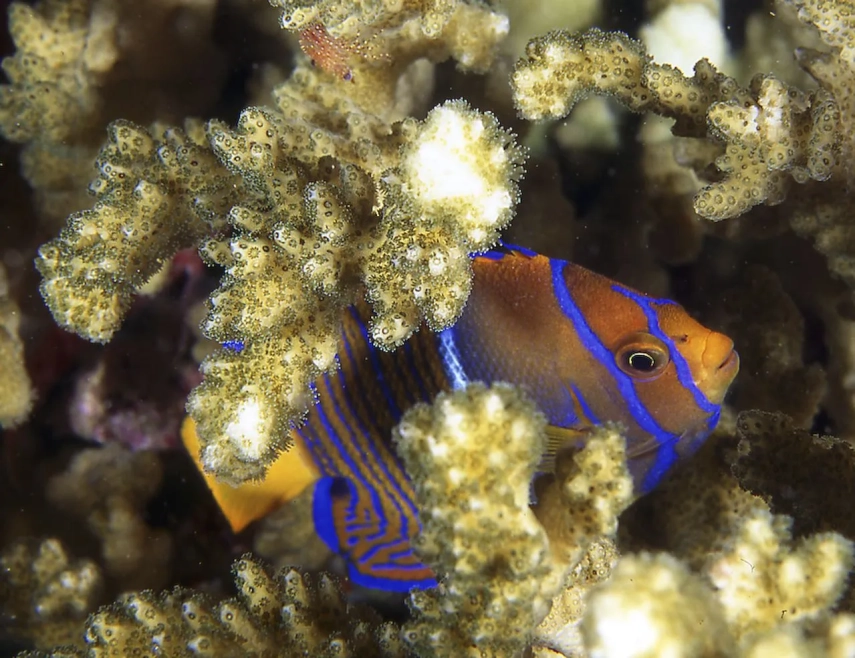
Whale spotting
Visiting this beautiful location gives divers and boat riders an opportunity to spot humpback whales as they breach or flash their infamous tail if they are diving deeper to feed.
The two whale migrations take place from late January through early March and late July through early September.
You may also see orcas, pilot whales, false killer whales, and spinner dolphins on the boat trip to the Catalina Islands. From June to August, turtles can be seen mating on the surface.
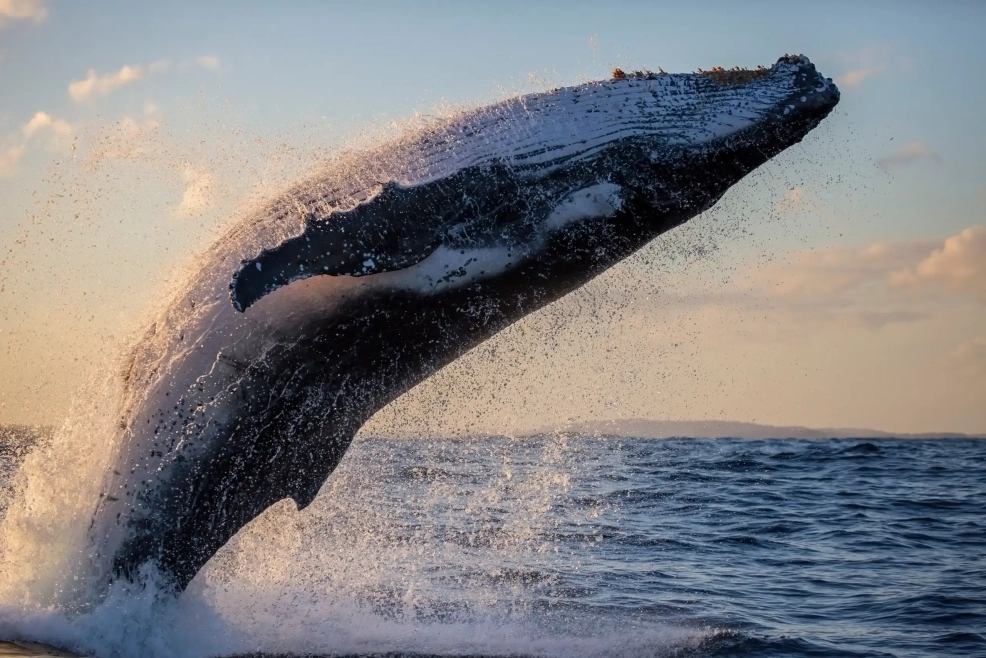
The best water temperatures
Ocean temperatures average from 23°C/73°F to 29°C/84°F.
Costa Rica experiences an influx of cooler water Dec to April, with averages from 20°C / 68°F to 25°C/76°F. From May to November, divers will find the water a balmy 25°C/76°F to 29°C/85°F at depth!
Moreover, visibility can vary from 5 to 20 meters (15 to 70 feet) at any time of the year.
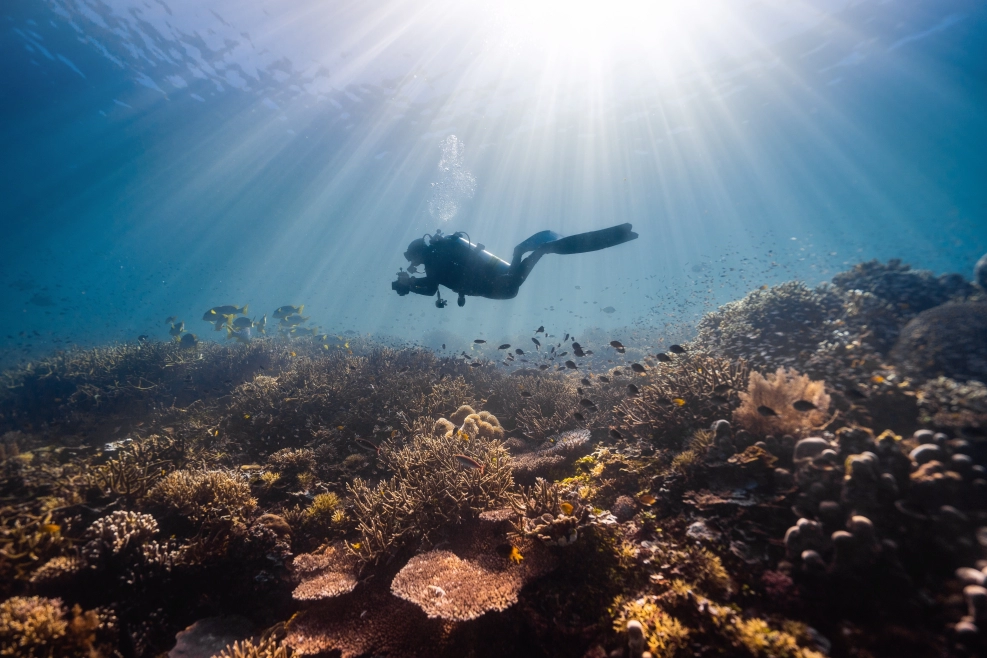
5 Tips for Planning Your Catalina Islands Diving Trip!
Here are some tips to be well-equipped and plan an unforgettable diving trip to the Catalina Islands:
Be prepared for Costa Rica’s weather
Costa Rica’s weather during the height of the rainy season (late September through the first week of November) can be unpredictable, so it’s essential to pack accordingly.
Bring lightweight, breathable clothing for warm temperatures, as well as rain gear for potential showers.
Additionally, to shield yourself from the tropical sun, wear sun protection, such as sunscreen, a hat, and sunglasses.
Ensure you have the right dive certification
This enchanting location is one of the best dive sites for open-water divers, but because there is a surge and, at times, current, a bit of ocean diving experience is recommended.
If you want to complete the Advanced Open Water Certification Diving Course while you are in Costa Rica, please ask our agents how easily this can be done!
Decide whether to bring your gear or rent it
Bringing your gear offers familiarity and comfort, but it also requires additional luggage space and may incur extra baggage fees.
Another option would be to rent scuba gear from a local dive shop after you arrive in Costa Rica. This provides convenience and saves space.
Getting Bill Beard’s team to help you can ensure that you are provided with reliable, quality rental equipment that meets safety standards.
Book your dive package based on your dive preferences
It’s important to discuss your dive preferences before booking any flights or accommodations. Booking with Bill Beard’s team will ensure that you dive with experienced guides with a strong safety record and a commitment to adhere to safety protocols and industry standards.
Consider your lodging and transportation options
Our team of experts will work with you to choose accommodations that suit your style and are conveniently located near dive sites, which will help you minimize travel time between dives.
They will consider the rest of your vacation plans, non-divers you may be traveling with, and other needs to help you decide whether it is best for you to stay in Playa del Coco, Playa Hermosa, Playa Flamingo, or maybe even Tamarindo.
These locations offer fantastic accommodations and convenient hubs connecting you to other activities.
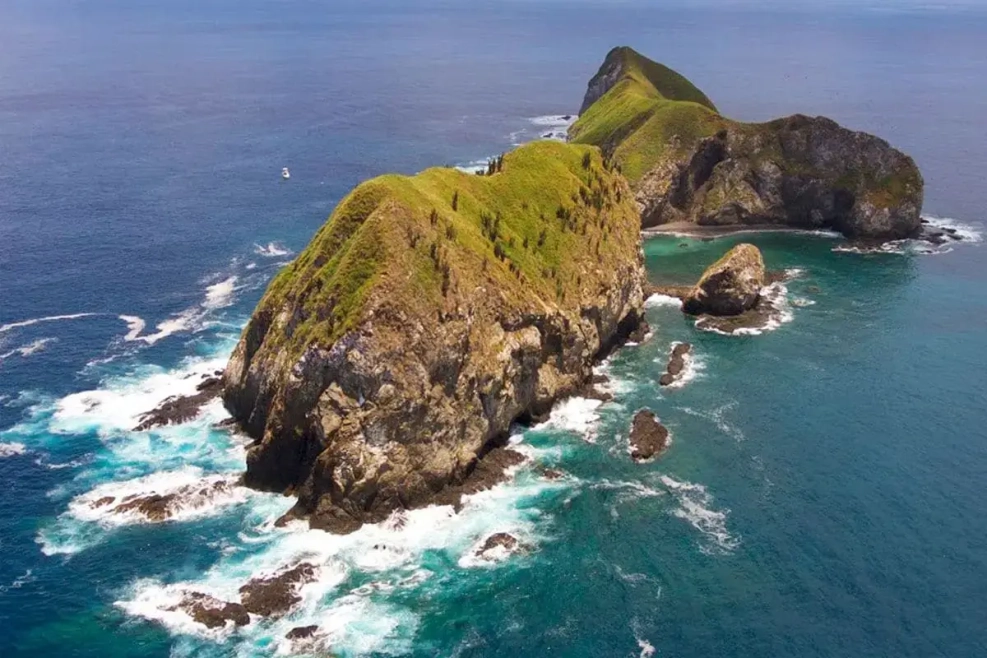
Plan Your Catalina Islands Dive with the Experts!
The Catalina Islands offer an unparalleled underwater paradise waiting to be explored year-round. However, careful planning is essential to maximizing your diving adventure.
At Bill Beard’s Costa Rica, we create unforgettable diving experiences. With our expert guides, top-notch equipment, and dedication to safety, we’re committed to providing you with the ultimate diving adventure tailored to your preferences and skill level.
Contact our team at Bill Beard’s Costa Rica now to book your diving trip. Explore the underwater world with us!
Stay connected:
- Direct: 954-453-5044
- Fax: 321-400-1404
- Toll-free: 877-853-0538
- Local number (Costa Rica): 2479-7089 (Available from 9-5 PM)
- Office hours: 8-6 CST M-F & Sat 9-5 CST
- Email: agent@billbeardcostarica.com
FAQs
Is Catalina Island, Costa Rica, good for scuba diving?
Yes! Catalina Island, Costa Rica, is good for scuba diving because of its marine biodiversity, coral reefs, and calm waters.
How much does it cost to scuba dive on Catalina Island, Costa Rica?
The cost of scuba diving on Catalina Island, Costa Rica, can vary depending on where you stay.
For 2024, if you are staying in Flamingo, Potrero, or Brasilito, a 2-Tank AM dive to Catalina Islands is $95. Prices include transportation from your hotel, tanks, belts, weights, fresh fruit and cookies, and bottled water on the boat.
We also offer the 2-Tank Dive from Playa del Coco, Playa Ocotal, Playa Hermosa, and Playa Panama in the Gulf of Papagayo for 2024 at $150 with a minimum of 4 persons.
How deep is the water on Catalina Island?
The water depth around the Catalina Islands ranges from 15 to 30 meters (50 to 100 feet) at most dive sites. However, depths can extend beyond 40 meters (130 feet) or even deeper in certain areas.
What kind of sharks are at Catalina Island, Costa Rica?
The sharks at Catalina Island, Costa Rica, include white-tipped reef sharks, nurse sharks, and an occasional bull shark or rare tiger shark.

